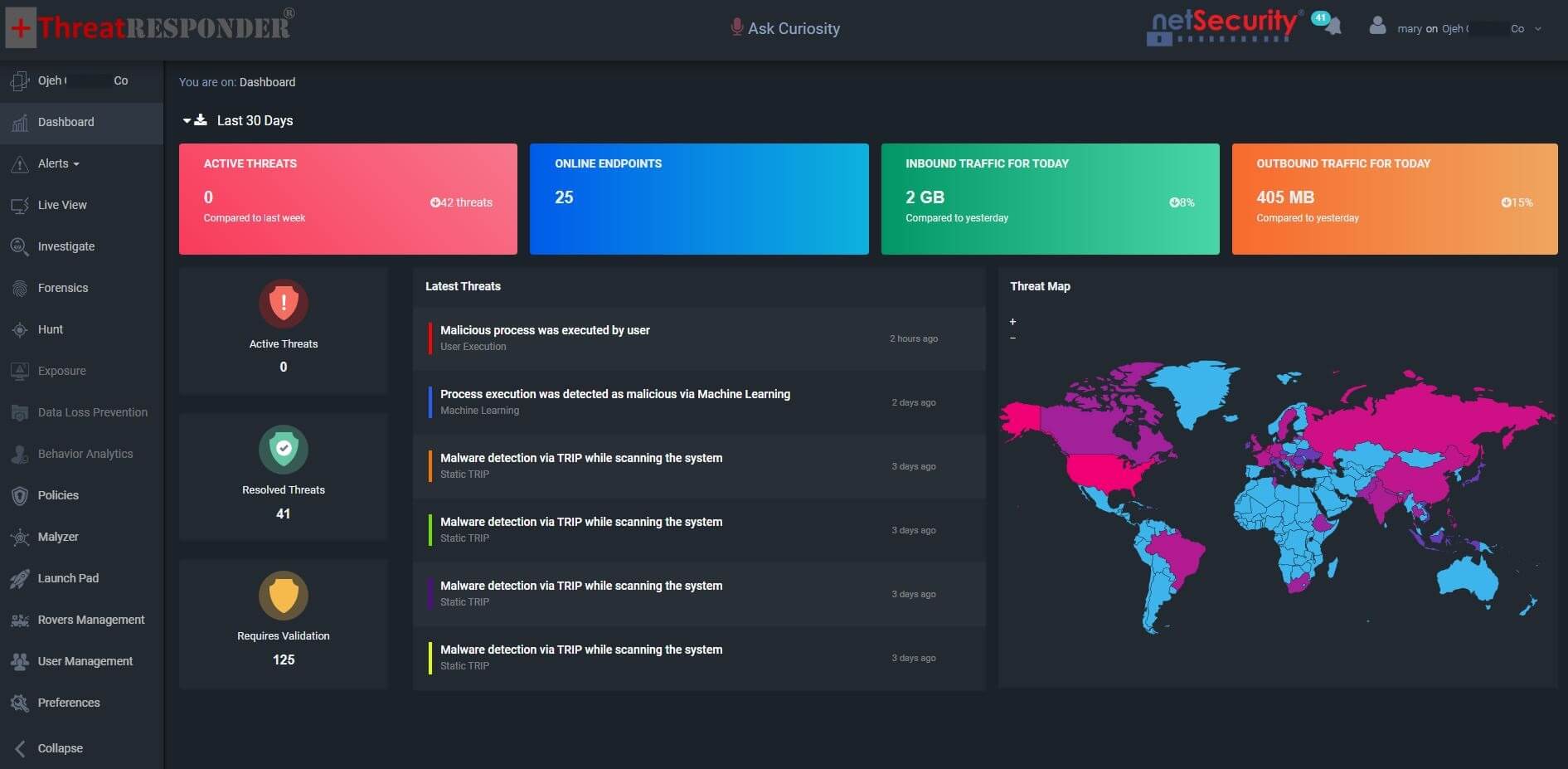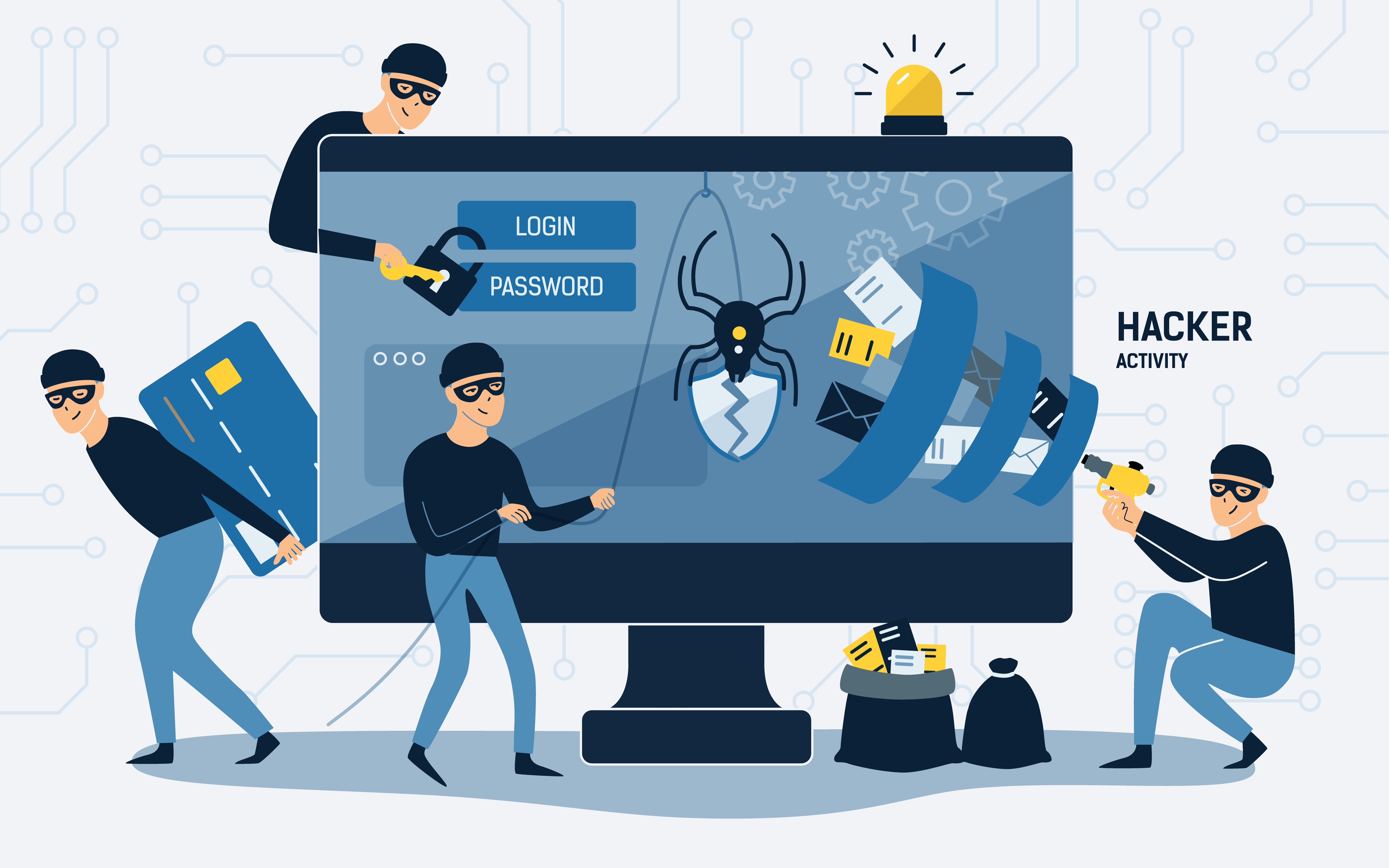How to Identify the Motive Behind Your Cyber Threat Adversary?
In today’s digital age, the threat of cyber attacks is ever-present, and it is crucial to be able to identify the motives behind these attacks. Understanding the motivations of cyber adversaries can be the key to effectively protecting your systems and data. In this article, we will discuss the different types of adversaries, their motives, and how to identify the motives behind cyber threats. We will also explore how NetSecurity’s ThreatResponder can help prevent cyber attacks by proactively identifying and mitigating threats.
Who are Your Adversaries?
There are various types of cyber adversaries, including:
- Hackers: These individuals or groups of individuals use their technical expertise to exploit vulnerabilities in systems to gain unauthorized access to sensitive information.
- Cybercriminals: These individuals or groups of individuals use the internet to commit crimes such as theft, fraud, and extortion.
- State-sponsored actors: These are individuals or groups of individuals who are sponsored by a government to conduct cyber espionage or sabotage operations.
- Insider Threats: These are individuals who have legitimate access to systems and information but use that access to cause harm.
- Competitor: These are individuals or groups of individuals who are in direct competition with your organization and may use cyber attacks to gain an advantage.
Different Motives of Adversaries:
Cyber adversaries have different motives for attacking organizations. Some of the most common motives include:
- Financial Gain: Many cybercriminals and hackers are motivated by financial gain and may use cyber attacks to steal sensitive information or demand a ransom.
- Espionage: State-sponsored actors and competitors may use cyber attacks to gather sensitive information for their own benefit.
- Sabotage: Cyber adversaries may use cyber attacks to disrupt operations and cause harm to an organization.
- Political or Ideological Motives: Some cyber adversaries may use cyber attacks to advance political or ideological agendas.
How to Identify the Motive of Your Adversary:
Identifying the motive behind a cyber attack is critical to understanding how to prevent similar attacks from happening in the future. There are several ways to identify the motive of a cyber adversary, including:
- Analysis of Attack Tactics, Techniques, and Procedures (TTPs): By analyzing the TTPs used in a cyber attack, organizations can gain insights into the attacker’s motives and objectives. For example, the use of specific malware or techniques may indicate that the attacker is after a specific type of data or information.
- Examining the Targeted Systems and Data: The systems and data that were targeted during a cyber attack can provide valuable information about the attacker’s motive. For example, if the attacker targeted financial systems, it is likely that they were after financial information or data.
- Assessing the Impact of the Attack: The impact of a cyber attack can also provide insights into the attacker’s motive. For example, a cyber attack that caused significant damage or disruption is likely to have been motivated by a desire to cause harm, while an attack that was focused on stealing data is likely to have been motivated by financial gain.
- Understanding the Adversary: The adversary behind a cyber attack may have a history of similar attacks, and organizations can use this information to help identify their motives. Additionally, understanding the adversary’s resources, capabilities, and goals can help organizations anticipate future attacks and take steps to prevent them.
In addition to these methods, organizations can also prevent cyber attacks by reducing the risk of human error, such as accidental data breaches, through regular employee training and awareness programs. Implementing robust endpoint security measures, such as those provided by NetSecurity’s ThreatResponder, can also help prevent cyber attacks by making it more difficult for attackers to penetrate a system and access sensitive information.
How Can You Prevent Cyber Attacks Using NetSecurity’s ThreatResponder:
NetSecurity’s ThreatResponder is a comprehensive, cloud-native solution that provides organizations with an all-in-one solution for preventing cyber attacks. Some of the key features of ThreatResponder include:
- Threat Intelligence: ThreatResponder provides real-time threat intelligence that helps organizations stay ahead of the latest cyber threats.
- Threat Hunting: The solution includes a threat hunting capability that enables organizations to proactively search for and identify potential threats.
- Forensic Investigation: ThreatResponder provides a comprehensive forensic investigation capability thathelps organizations understand the root cause of a cyber attack and respond accordingly.
- Vulnerability Management: ThreatResponder includes a vulnerability management capability that helps organizations identify and remediate vulnerabilities in their systems.
- Real-Time Access to Endpoints: The solution provides real-time access to endpoints, enabling organizations to quickly and effectively respond to threats and contain them.
- Endpoint Security: ThreatResponder includes robust endpoint security capabilities that help protect against threats and prevent data loss.
In addition to these features, ThreatResponder also provides advanced analytics capabilities that help organizations quickly identify and respond to potential threats. The solution is designed to be easy to use, allowing organizations to quickly implement and start using it to prevent cyber attacks.

Want to try our ThreatResponder, cutting-edge Endpoint Detection & Response (EDR), and ThreatResponder FORENSICS, the Swiss knife for forensic investigators in action? Click on the below button to request a free demo of our NetSecurity’s ThreatResponder platform.
Disclaimer
The page’s content shall be deemed proprietary and privileged information of NETSECURITY CORPORATION. It shall be noted that NETSECURITY CORPORATION copyrights the contents of this page. Any violation/misuse/unauthorized use of this content “as is” or “modified” shall be considered illegal and subjected to articles and provisions that have been stipulated in the General Data Protection Regulation (GDPR) and Personal Data Protection Law (PDPL).











